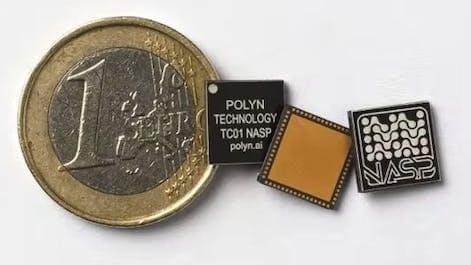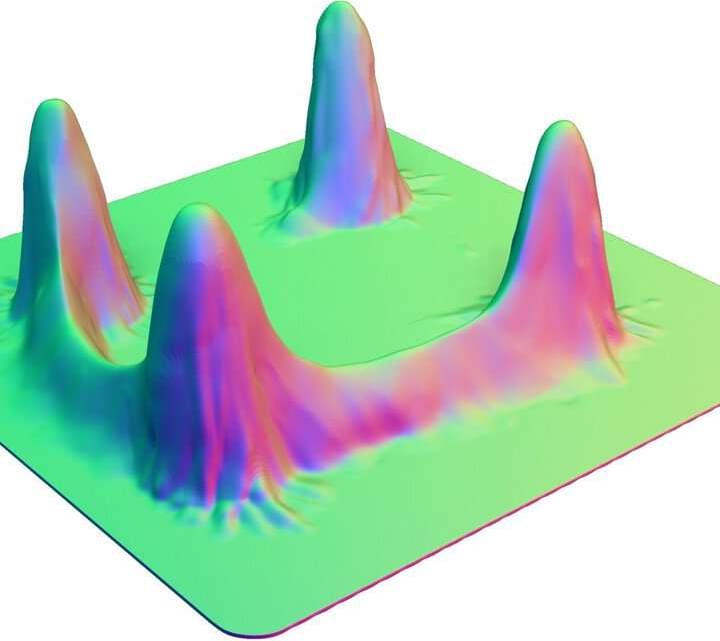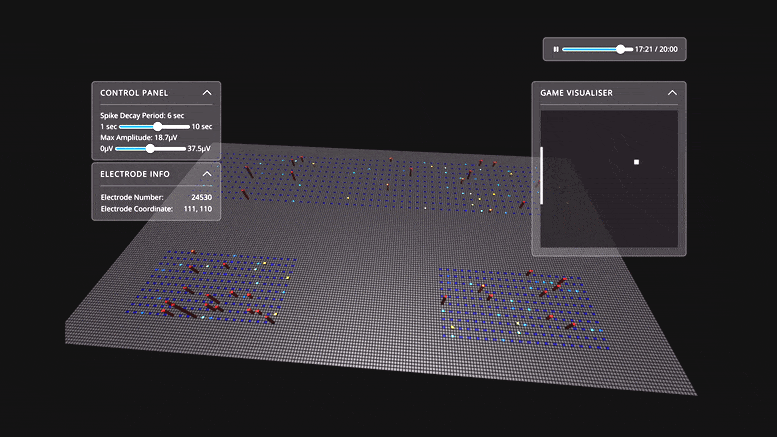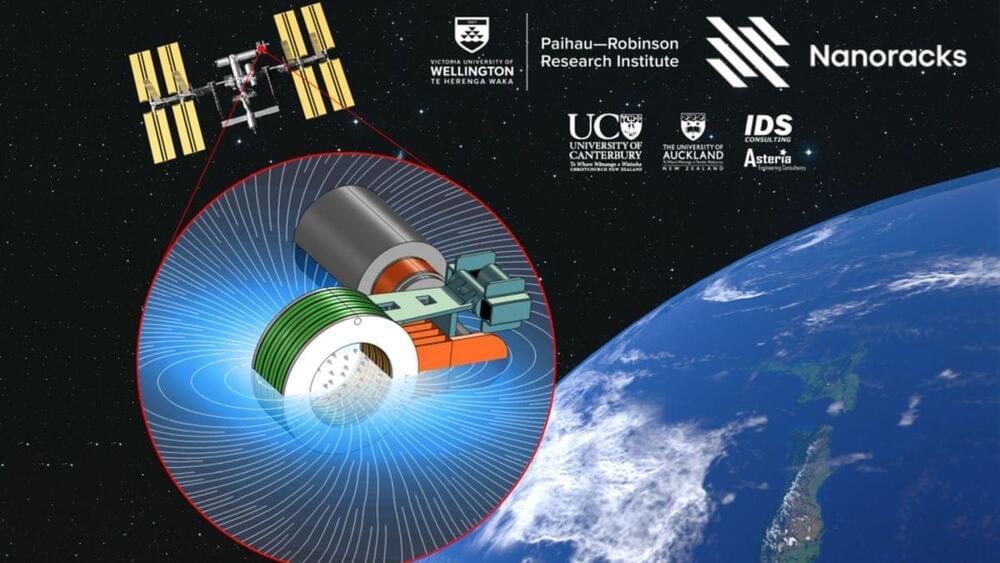Les Johnson, author of the new book A Traveler’s Guide to the Stars, talked to WIRED about solar sails and more ways to get farther into the final frontier.





Live biological neurons show more about how a brain works than AI ever will.
Scientists have shown for the first time that 800,000 brain cells living in a dish can perform goal-directed tasks. In this case, they played the simple tennis-like computer game, Pong. The results of the Melbourne-led study are published today (October 12) in the journal Neuron.
Now the researchers are going to investigate what happens when their DishBrain is affected by medicines and alcohol.

A New Zealand research institute and U.S. commercial firm Nanoracks are combining to send a superconducting magnet technology demonstrator to the International Space Station to test a novel type of space propulsion.
The Paihau—Robinson Research Institute intends to test a type of electric space thruster known as applied-field magneto plasma dynamic (AF-MPD) thrusters which uses high-temperature superconducting (HTS) magnet technology developed by the institute.

Greece was entirely powered by renewables for the first time in its history last week, according to the country’s independent power transmission operator (IPTO).
On Friday (7 October), for a period of around five hours, the country was running off entirely renewable power, reaching a record high of 3,106MWh at eight o’clock (GMT).
“For the first time in the history of the Greek electricity system, the demand was covered 100% from renewable energy sources,” its IPTO wrote.

Tesla has updated its in-car energy app to give a comparison between real energy use and the projected range, and it even gives you range advice to get closer to the optimal range.
Range calculations are difficult regardless of the type of powertrain – electric or internal combustion engine.
There are just so many factors that can affect the efficiency of a vehicle on a road that it is hard to determine how far it can go on a full battery pack or tank of gas.


Siemens Gamesa’s 14–222 DD offshore wind turbine prototype has, according to the Spanish-German wind giant today, set a world record for the most power output by a single wind turbine in a 24-hour period: 359 megawatt-hours.
UnderstandSolar is a free service that links you to top-rated solar installers in your region for personalized solar estimates. Tesla now offers price matching, so it’s important to shop for the best quotes. Click here to learn more and get your quotes. — *ad.
This would be enough energy, according to the company, for a mid-sized electric vehicle – think a Tesla Model 3 – to drive around 1.12 million miles (1.8 million km).

Metaverse project Decentraland, a sandbox environment that allows users to buy and sell virtual real estate, isn’t exactly teeming with people. Despite billions of dollars in valuations, companies betting on a metaverse future simply haven’t made much headway.
In fact, according to data aggregator DappRadar, the Ethereum-based world Decentraland only had 38 “active users” over a period of 24 hours — a confoundingly low number, especially considering the company has a market cap of a whopping $1.2 billion.
Decentraland pushed back, though, saying that “active users” are defined as unique blockchain wallet addresses that interact with its system. As CoinDesk explains, that means users who simply log in to chat or interact with others aren’t being counted.